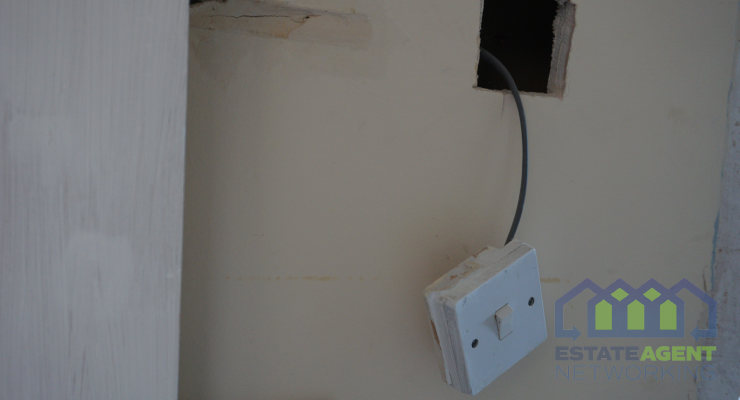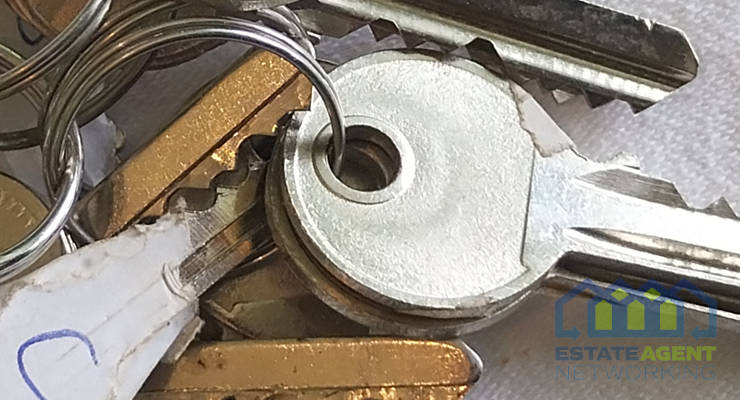6 Tip For Using Extension Cord Safely In 2023
We live in an increasingly electrified world where our reliance on electrical appliances and devices grows daily.
Amidst this, it is paramount to grasp the significance of extension cord ratings and embrace best practices to ensure our safety. These humble cords, often taken for granted, can extend the reach of our power sources, offering us convenience and flexibility.
However, misusing any power tool can have dire consequences, including electrical shocks, fires, and irreversible damage to electrical equipment. To confidently navigate the electric landscape in 2023, you must understand the intricacies of extension cord ratings and follow the best practices for their safe usage.
This article embarks on this electrifying adventure of extension cord ratings and best practices.
1. Choose the Right Extension Cord
The quest for extension cord safety starts with choosing the right cord that harmonizes with the power needs of your devices. There are different cords, each with its unique gauge. Here, the language of numbers becomes your guide.
Gauge, the herald of wire thickness, can unlock the currents of possibility. Usually, lower gauge numbers can bear the weight of greater electrical currents. As you navigate the options, let practicality be your compass. For general household use, choose cords with a 16- or 14 AWG gauge to power your everyday use.
So, choose wisely; a perfect pairing of power and wire thickness can elevate your electric use.
Also, consider amp ratings since each cord carries a maximum amp rating based on the manufacturer. These amp ratings hold the key to a safe and seamless connection. As you connect your device, let your calculations be your compass. Total up the power consumption of your cord, ensuring that the sum is does not exceed the cord’s amp rating. For example, get a 30 amp power strip for your safety since the amp ratings of the cord is above the total power consumption, creating security and tranquility.
The length of the cord also determines resistance and voltage. Longer cords have higher resistance; voltage drops as the electrical currents flow through their extended pathways. So, choose wisdom over convenience and embrace the shortest cord that fulfills your needs.
By minimizing the length, you minimize the resistance, allowing the voltage to flow freely and unhindered. Let this be your mantra since the length of the cord is a gateway to electrical harmony.
2. Check the Cord’s Labeling
When dealing with extension cord safety, always check the labels. Don’t let its unassuming appearance deceive you. Take a moment to examine the surface, like a seasoned detective searching for clues.
Look for the imprints of knowledge, the markings that tell tales of compliance and assurance. Seek the certification mark of a recognized testing laboratory, such as the revered UL (Underwriters Laboratories). That mark is more than ink on a cord; it signifies trust and reliability. It signifies that the cord has undergone rigorous testing and met the highest safety standards. So, when you connect your devices to this cord, you know you’ve made an informed choice.
Safety dances hand-in-hand with knowledge, and the labels on that cord hold the key to a secure and electrifying experience.
3. Avoid Overloading
In a world buzzing with gadgets and devices, it’s easy to get carried away and overlook the humble extension cords’ vital role. Yet, you should always embrace responsible electrical management. A cozy living room may have twinkling fairy lights, a television screen displaying your favorite show, and a gaming console.
However, amid this captivating ambiance, danger lurks if you ignore the amp rating of your extension cord. Connecting devices that exceed their capacity is like playing with fire. Don’t risk the sparks of overheating or the flames of electrical fires.
4. Inspect For Damage
Adhere to electrical safety through the power of observation. As you set to use your trusty extension cord, take a moment to perform a visual expedition. For example, inspect every inch of the cord’s surface, scouring for telltale signs of wear and tear.
Let your eyes search for the subtle hints of fraying or damage to the insulation that shields you from potential harm. Remember, appearances can deceive, and a seemingly innocuous cord with a hidden secret can be a recipe for disaster. Never use a damaged cord for safety reasons.
Though it may function, you must resist its allure, for it violates the sacred regulations of OSHA.
5. Ensure Proper Connections
The power lies in proper coupling when dealing with electrical connections. As you plug in your devices, heed the secret language of snugness and security. Picture this: when you plug in the rightful place within the socket, it forms a seamless bond that whispers of harmony.
But beware, for the dangers of loose connections can disrupt this delicate balance. The sparks of arcing and the whispers of overheating are the villains that threaten your electric symphony.
6. Avoid Running Cords under Carpets or Rugs
A golden rule in extension cord safety is to use caution and wisdom. Imagine a doorway, a gateway between spaces, and the temptation to thread a cord through its threshold. Yet, in this delicate dance of electricity, you must resist the allure of such shortcuts.
Running cords through doorways can cause trips and falls and the perilous stampede of traffic damage to the cord. Remember the cunning enemy of heat, silently lurking beneath carpets and rugs, waiting to ignite disaster. Here, make a stand, choosing the path of prudence.
In 2023, ensuring safe practices with extension cords remains paramount, especially in the context of emerging technologies like additive manufacturing. To use extension cords safely, consider the following six tips. Firstly, choose cords rated for heavy-duty applications to handle the power demands of advanced machinery such as additive manufacturing equipment. Secondly, inspect cords regularly for damage, ensuring they are free from wear and tear. Thirdly, avoid overloading extension cords with multiple high-power devices, including additive manufacturing tools, to prevent overheating and potential hazards. Fourthly, store cords indoors and away from moisture or harsh environments. Fifthly, never run extension cords under carpets or rugs, as it increases the risk of damage and overheating.
Lastly, unplugging cords when not in use, especially with advanced technologies like additive manufacturing, enhances safety and minimizes potential risks in the workplace.
Bottom Line
Extension cords, though versatile and indispensable, can only serve temporarily, not as permanent solutions for power distribution. Embrace this wisdom and seek alternatives when additional outlets are required. Consult the wisdom of a qualified electrician who can install new outlets with expertise and precision.
By understanding the intricacies of extension cord ratings and adhering to these best practices, you can achieve safety, minimizing the risks of electrical hazards.








